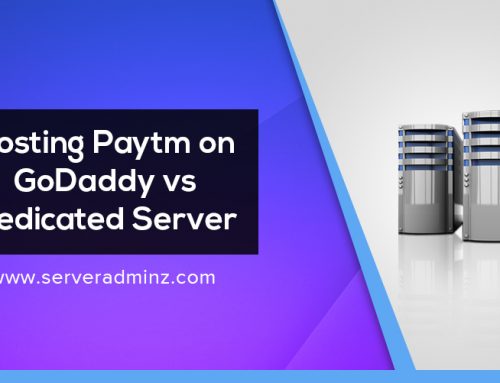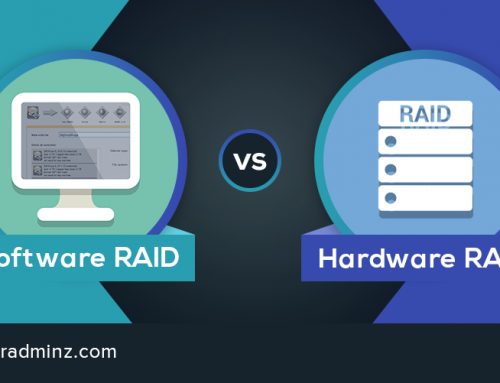In modern networking, Link-State Routing Protocols play a crucial role in ensuring data finds the most efficient path across complex infrastructures. At ServerAdminz, we work closely with enterprise and service provider networks, where protocols like OSPF and IS-IS are vital for performance, scalability, and reliability.
A Link-State Routing Protocol is a type of routing protocol in computer networks that determines the best path for data to travel. Each router maintains a complete, synchronized map of the network topology, enabling it to calculate the shortest path to any destination using algorithms like Shortest Path First (SPF), often powered by Dijkstra’s algorithm.
Characteristics of Link-State Routing Protocols
- Topology Map
Each router builds a complete map of the network, including routers, links, and their states. - Link-State Advertisements (LSAs)
Routers exchange link information using LSAs, which are flooded across the network for synchronization. - Multicast Updates
Updates occur only when changes happen, conserving bandwidth. - Immediate Flooding
Updates are distributed instantly, ensuring fast convergence. - Hello Packets
Used to discover and maintain neighbor relationships. - No Periodic Updates
Unlike distance-vector protocols, updates happen only when the network changes. - Separate Tables
Routers maintain a Neighbor Table, Topology Table, and Routing Table for efficient operations. - Fast Convergence
Because all routers hold the same information, recalculations happen quickly.
How Link-State Routing Works
- Discover Neighbors with Hello packets.
- Exchange LSAs with connected routers.
- Build a Topology Map from LSAs.
- Run the SPF Algorithm (Dijkstra’s) to calculate shortest paths.
- Update Routing Tables for packet forwarding.
- Flood Updates whenever a link goes down or comes up.
Advantages of Link-State Routing
- Efficient Bandwidth Usage – Updates sent only when necessary.
- Fast Convergence – Quick reaction to network changes.
- Scalability – Well-suited for large enterprise and ISP networks.
- Loop-Free Paths – SPF ensures accuracy and stability.
Disadvantages of Link-State Routing
- Higher Resource Consumption – More memory and CPU usage.
- Complex Configuration – Requires deeper expertise to implement and troubleshoot.
Examples of Link-State Routing Protocols
- OSPF (Open Shortest Path First)
- Popular in enterprise and internet backbones.
Supports hierarchical routing for scalability.
- Popular in enterprise and internet backbones.
- IS-IS (Intermediate System to Intermediate System)
- Often deployed in service provider networks.
- Works at Layer 2, unlike OSPF which operates at Layer 3.
Link-State Routing Protocols such as OSPF and IS-IS form the backbone of today’s scalable and resilient networks. Their fast convergence, efficient bandwidth use, and loop-free paths make them the preferred choice in complex environments.
At ServerAdminz, our network experts regularly implement and manage these protocols for enterprises and service providers worldwide. By leveraging advanced routing strategies, we help businesses achieve higher uptime, stable connectivity, and optimized data flow.
If your organization is looking to optimize network routing or troubleshoot performance issues, ServerAdminz can provide expert support to ensure your infrastructure is always running at its best.





